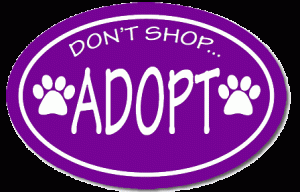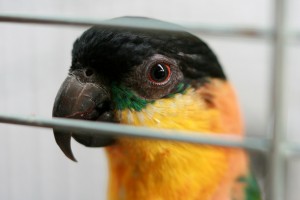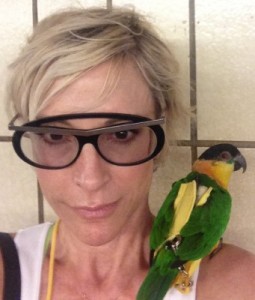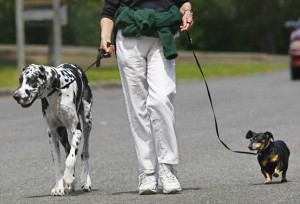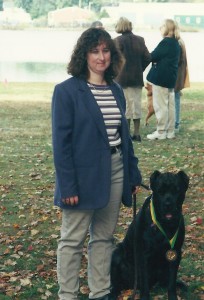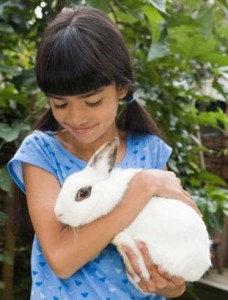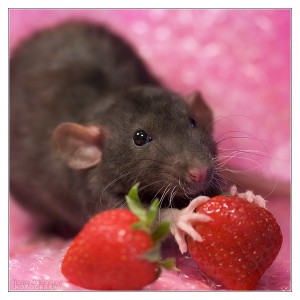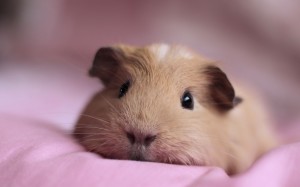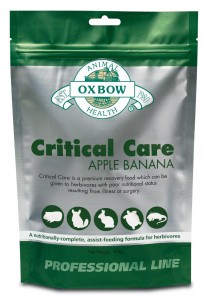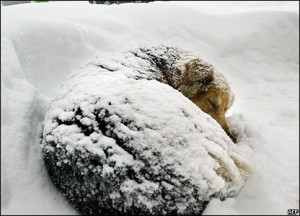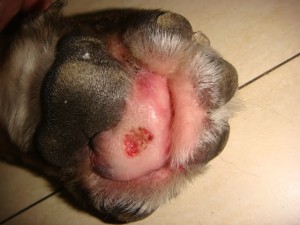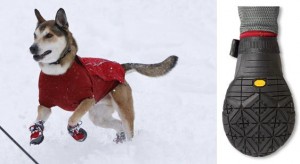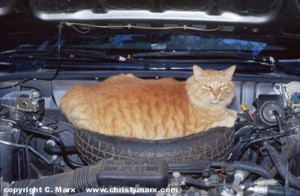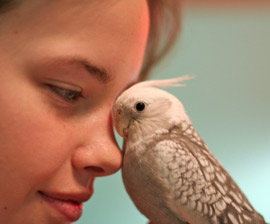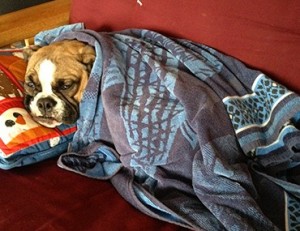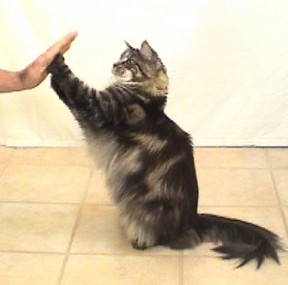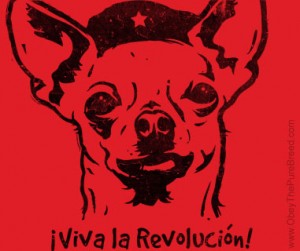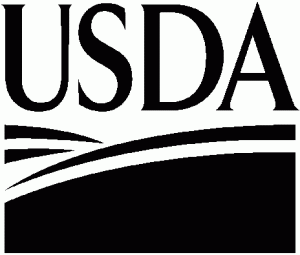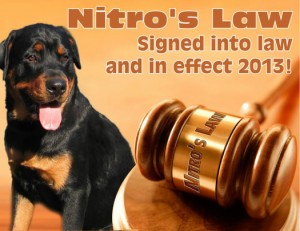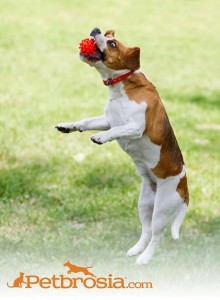 Let me tell you the story of our dog, Hoagy. We already had two dogs when my husband turned to me one day and said, “You know, I miss having a basset hound.” Our previous basset, Ziggy, had passed away the year before from cancer, and we had lost his mate, Gushie, several years before that. That spring we had already adopted two dogs (a Greyhound and a Brittany), but Dave just felt something was missing. So I said, “Do what you need to do. We have two–how hard could it be to have three?”
Let me tell you the story of our dog, Hoagy. We already had two dogs when my husband turned to me one day and said, “You know, I miss having a basset hound.” Our previous basset, Ziggy, had passed away the year before from cancer, and we had lost his mate, Gushie, several years before that. That spring we had already adopted two dogs (a Greyhound and a Brittany), but Dave just felt something was missing. So I said, “Do what you need to do. We have two–how hard could it be to have three?”
Famous last words, right?
Dave has a kind heart, so answered the ad of a woman living in a nearby city: “Basset Hound Free To A Good Home.” He drove to meet her and picked up his new pet, who at that time was named “Taterbug”.
When the dog arrived, the white patches on his body looked yellow–especially a dark yellow one near his tail. He smelled like fried food…and he was obviously overweight. The first thing I asked Dave to do was take him up the street to the local dog wash.
A visit to to our vet a few days later confirmed our worst fears: he had apparently been free fed and tied outside for some time, as he was overweight, flea infested, had worms and an ear infection. Dave was sent home with ear wash, worm treatments for all our dogs and instructions on how to make sure our house was flea free…as well as strict orders to measure all of the new dog’s meals and make sure he was getting regular exercise.
Undaunted, Dave did most of this work himself, and pleased at having another basset despite all the challenges, renamed his new pet Hoagy Dogmichael. Over the next few months, Hoagy dropped weight as he could often be seen tagging along after the other dogs on our walks, his tail proudly waving like a flag behind him. Dave faithfully cleaned his ears until he was no longer shaking his head with discomfort, and we kept a careful eye out, but no fleas (thankfully) appeared, either in our home or on our other pets. The worming process completed, Hoagy shared the food the other dogs ate, and at first seemed to have come through his ordeal as a happy and healthy rescue.
Then, the digestive problems started…
Every few weeks, Hoagy would suddenly and inexplicably begin to vomit. On one occasion, I came home early from work to find him sitting miserably in his crate, covered in both vomit and diarrhea, even though when we had left for work that morning, everything had seemed fine.
Since Dave and I are of the natural remedies first bent, we did some online research, and followed the tried and true method of getting the vomiting under control each time: 24 hours with no food, followed by a slow buildup of chicken broth, broth with rice, broth with rice and chicken, finally mixing in dog food…and then putting him back on straight dog food again after about a week. This worked each time…but then several weeks later the vomiting cycle would start all over again.
We tried switching food to a more natural, high quality product, even more meat and less grain. We tried adding digestive enzymes. No, the cycle continued. At last, we concluded that Hoagy had a digestive ailment as a result of his poor feeding with his previous owner, and that we’d just have to live with the result.
That is, until we got a phone call from Petbrosia, an affiliate we had only recently begun working with. They offered to send us a 3-lb box of food for Hoagy–and custom mix it, just for him. That’s when I went over to their website, and read this:
Petbrosia is the first pet food custom designed for the unique nutritional needs of each pet. Created by an entrepreneurial pet lover, Petbrosia’s goal is to provide a higher quality of life and improve the wellbeing of both pets and their owners.
You want to do what’s best for your pet. With nutrition designed to ideal body conditions, your pet can have a higher quality and potentially longer life.
– Keith Johnson, Founder of Petbrosia
I saw also: Every Petbrosia diet has added probiotic extracts and prebiotics. Prebiotics feed and encourage the growth of good bacteria in the colon. Good bacteria in the intestinal tract helps aid the digestion and absorption of nutrients.
Perfect! But would Hoagy like it? There was only one way to find out…
So Petbrosia sent us a coupon code for the food. And we quickly discovered that ordering from their website is fun as well as efficient. Using your pet’s breed, age, and weight, they provide a diet specifically for your pet’s unique health needs, addressing condition of skin and coat, energy level, dental care, healthy joints, strong immune system as well as optimal digestive system health and overall weight.
When Hoagy’s product arrived, we began mixing it with Hoagy’s present food. Immediately, an interesting thing happened. Not only did Hoagy pick out the pieces of Petbrosia food to eat first, but our other dogs were especially interested in trying to steal it!
And, I am very happy to report that since Hoagy has been on Petbrosia, his vomiting has stopped. We couldn’t be more pleased that he is not going through the unpredictability and discomfort which he previously suffered. As a courtesy, Petbrosia also offered to send some food to have our finicky cat, Cash, test as well–and he loves it also!
Your Pet Space is very happy to recommend this provider, not the least of which is because they have never been subject to a recall.
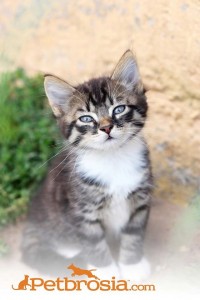
And—until the end of this month, you can even win free pet food from Petbrosia in our Pinterest Pin and Win Contest! Here are the rules:
1.) Follow Your Pet Space on Pinterest!
2.) Create a board called “Your Pet Space Contest”.
3.) Pin your fav You Tube or personal pet video into that board for us to find.
4.) Enter the contest using this link: http://woobox.com/qnrkag
(Entries will be judged on funniest, or most unusual pet or pet behavior).
Have fun and good luck!
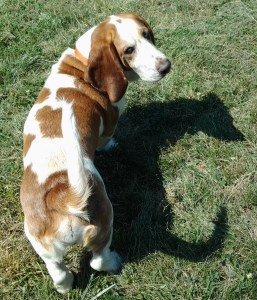 I am Hoagy and I approve this message.
I am Hoagy and I approve this message.
I am Cash and I approve this message. 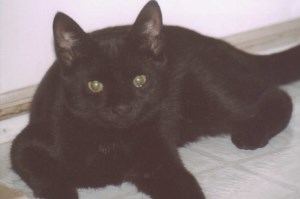
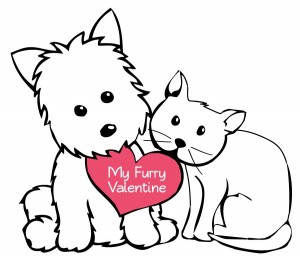 Before we know it, Valentine’s Day will be upon us, and here in Cincinnati we usually get a brief warm spell, heralding spring even before the robins return! Along with the roses and chocolates that fly, there’s also an amazing event that takes place we’d like to share with you. It’s called My Furry Valentine.
Before we know it, Valentine’s Day will be upon us, and here in Cincinnati we usually get a brief warm spell, heralding spring even before the robins return! Along with the roses and chocolates that fly, there’s also an amazing event that takes place we’d like to share with you. It’s called My Furry Valentine.
